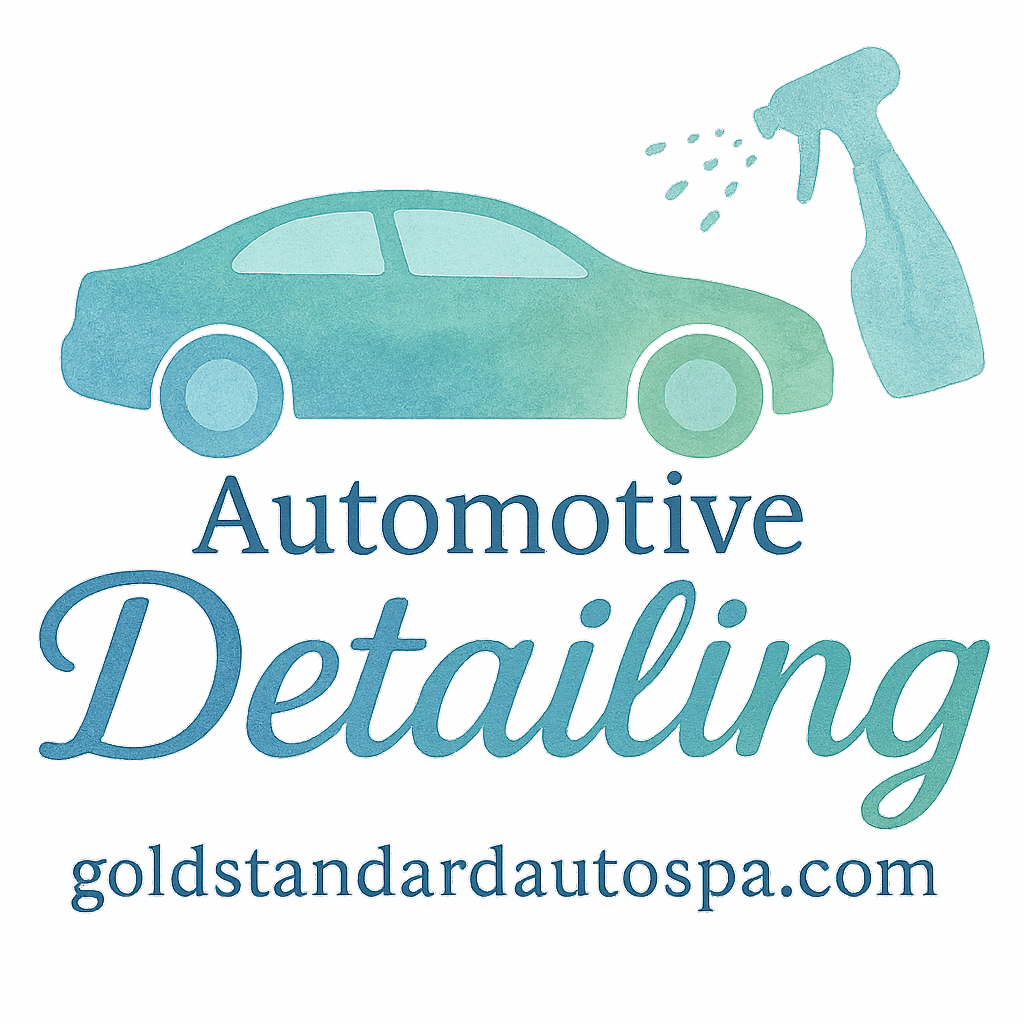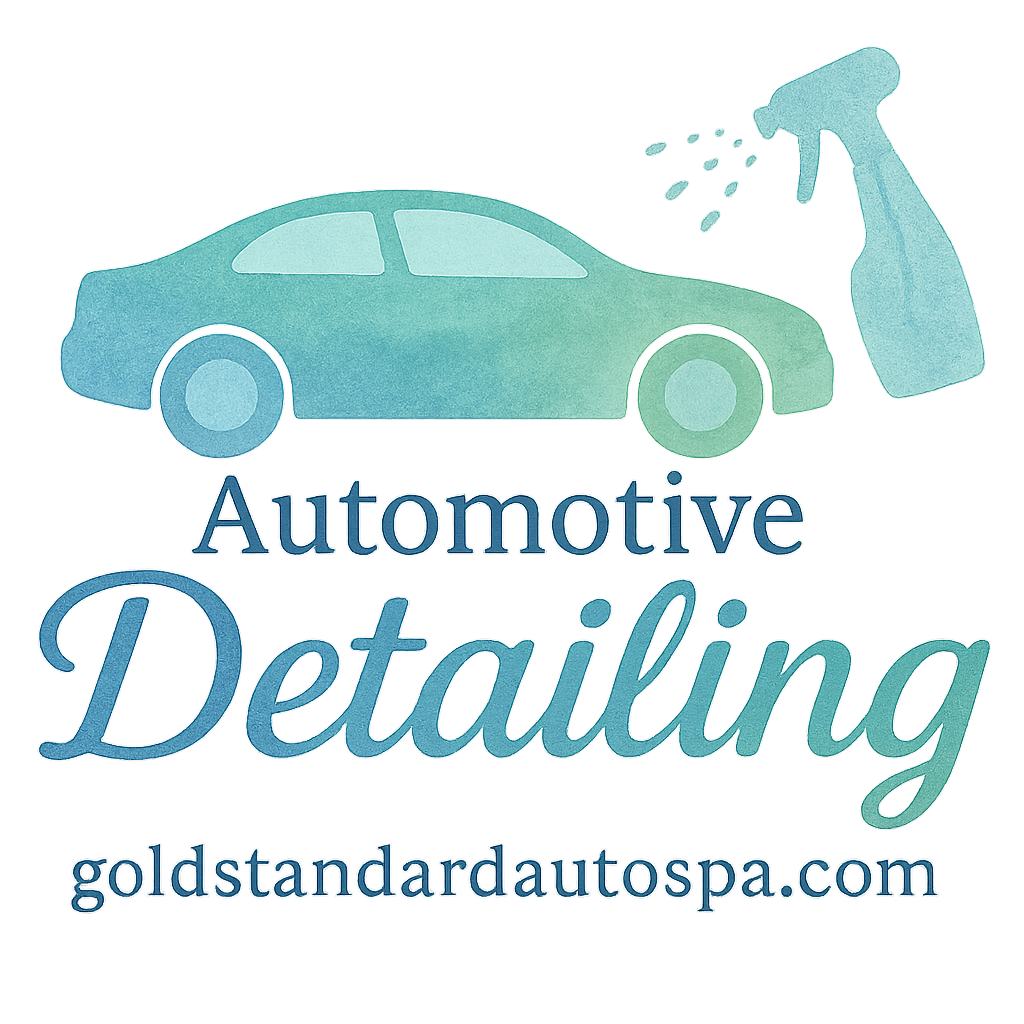Introduction
So you’re thinking of popping the hood and giving your engine bay some long-overdue TLC? Good call. DIY engine detailing isn’t just about making your ride look slick—it can also improve your car’s longevity, performance, and resale value. But before you grab a hose and a bottle of degreaser, pump the brakes (pun intended). There are a few key things to know before diving into the deep end of engine cleaning.
This guide will break down the 10 essential things you need to know before tackling a DIY engine detail, and it’s designed for beginners and enthusiasts alike. Let’s get into it!
1. Understand What Engine Detailing Actually Is
Why It’s More Than Just a Car Wash
Engine detailing is the process of cleaning, restoring, and sometimes dressing the engine bay of a vehicle. It’s not just about aesthetics; it’s about preventing corrosion, removing grime, and spotting issues early.
Think of it like brushing your teeth. Sure, your smile looks better afterward, but you’re really doing it to prevent cavities and gum disease. Same deal with your engine.
👉 Learn more about the right approach to engine detailing from professionals.
2. Safety First: Always Start with Precautions
Disconnect the Battery
Before you spray anything, disconnect the negative terminal of your battery. This reduces the risk of short circuits and gives you better access to tight corners.
Cover Sensitive Components
Use plastic bags or cling film to cover the alternator, battery, fuses, air intake, and exposed wiring. These are not waterproof, and one careless splash could lead to an expensive repair.
For more guidance on car safety and precautions, check out car safety tips.
3. Choose the Right Engine Detailing Products
What to Look for in Cleaners and Degreasers
Not all cleaners are created equal. Look for engine-safe, non-corrosive degreasers. Avoid anything with bleach or harsh acids.
Tools of the Trade
Here’s your starter pack:
- Engine degreaser
- Soft bristle brushes
- Detailing brushes
- Microfiber towels
- Air compressor or leaf blower
- Water sprayer (not a high-pressure one!)
You can grab top-rated detailing products from trusted suppliers for best results.
Also browse their curated detailing kits if you’re starting from scratch.

4. Cool Down Your Engine Before You Begin
Never Work on a Hot Engine
This can’t be stressed enough. A hot engine can cause burns, warp parts, or worse—cause chemical reactions when degreaser hits hot metal. Wait at least 30-45 minutes after driving before you start.
5. Degreasing: The Real MVP of Engine Cleaning
Apply, Soak, Scrub, Rinse
Spray the degreaser evenly over the engine. Let it sit for 5–10 minutes, then agitate the grime with your detailing brushes.
Don’t let it dry on the surface—rinse gently using a low-pressure sprayer or mist bottle. No garden hoses blasting water into your fuse box, please!
Check out cleaning steps recommended by detailing pros.
6. Know Your Plastics and Metals
Use Different Brushes for Different Materials
Use nylon brushes for plastics and metal bristles only on steel or aluminum parts with stubborn grime. Know the difference, or you’ll end up scratching or dulling key components.
The team at Gold Standard Auto Spa recommends investing in quality car cleaning tools for this step.
7. Don’t Drench—Use Water Sparingly
Mist Don’t Flood
More water doesn’t mean cleaner. Too much water can seep into connectors and crevices, causing long-term issues. Instead, use a spray bottle to mist off the degreaser.
Learn more about safe car cabin cleaning practices for interior and engine spaces.
8. Drying Your Engine Bay Properly
Air Compressors vs. Microfiber Towels
Once you’ve rinsed, it’s time to dry everything. Air compressors or leaf blowers work best to push water out of tight areas. Follow that up with a microfiber towel to get into creases and remove any leftover moisture.
Want pro-level finish? Explore interior detailing and how drying plays a role across all surfaces.
9. Add Shine with Engine Dressing (Optional)
A Clean Engine Should Look Good Too
Want that showroom-level shine? Consider applying engine bay dressing or conditioner. It adds a slight gloss and forms a protective barrier.
This is especially useful if you’re prepping your ride for a show or a sale. Shine matters! Just make sure to choose a non-greasy, non-flammable product.
Check out their car shine solutions and tips to make it pop.
10. Maintenance Makes a Big Difference
Clean It Regularly, Not Just Once
Doing one big clean every two years doesn’t cut it. Your engine bay collects dust, oil, leaves, and even pests if you leave it too long.
Add it to your seasonal car care routine. A quick wipe every couple of months keeps it clean and prevents buildup.
Use our trusted guide on auto maintenance to schedule your detailing intervals.
Final Thoughts
DIY engine detailing can be a super satisfying project when done right. Not only does it improve how your engine looks, but it can also boost performance, resale value, and longevity. Just remember to go slow, stay safe, and use the right tools and products.
And hey—if you ever feel like it’s too much, there’s no shame in letting the pros at Gold Standard Auto Spa handle it. They live for this stuff!
FAQs
1. How often should I do engine detailing at home?
Ideally, every 3–6 months depending on your driving conditions and environment.
2. Can engine detailing improve performance?
Directly? Not much. But removing gunk helps spot leaks or wear earlier, which keeps things running smoothly.
3. Is water safe for engine bays?
Yes—if used carefully and sparingly. Avoid high-pressure water and cover sensitive parts.
4. What’s the biggest mistake beginners make?
Using too much water and not covering electronics. That’s a recipe for regret.
5. Should I dress my engine bay?
If you want that extra clean and protected look, yes. Just ensure it’s a safe, non-greasy product.
6. Can I use kitchen degreaser?
Not recommended. Automotive degreasers are made specifically for car components and won’t cause damage.
7. Where can I find good tools for DIY engine detailing?
Check out detailing tips and car cleaning tools for expert-recommended gear.


